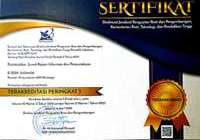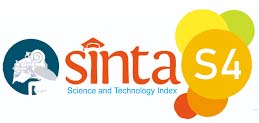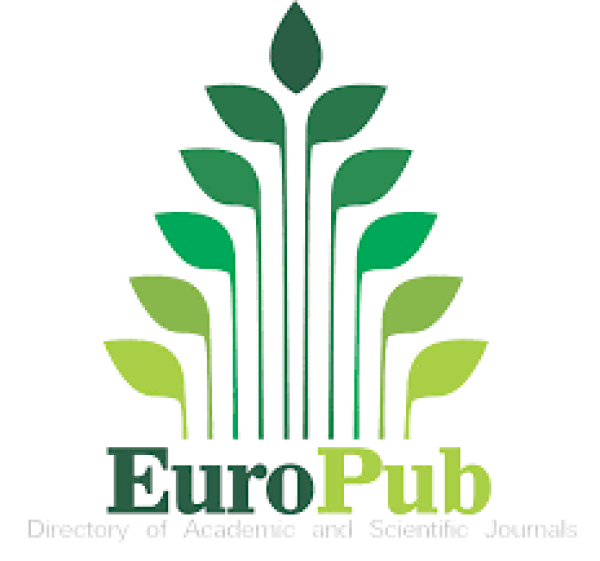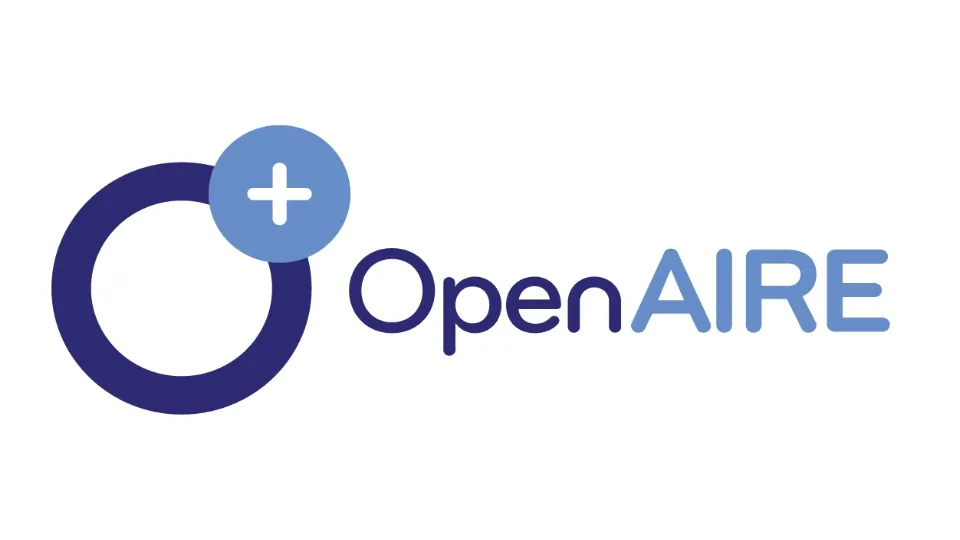Pergeseran Bentuk Layanan Perpustakaan dan Peran Pustakawan Dalam Konsep Libraries Without Walls
DOI:
https://doi.org/10.21154/pustakaloka.v14i1.3569Keywords:
library without walls, library service, librarian roles, distance serviceAbstract
This research’s objective is to explains what impact libraries without walls have in library service and role of librarian. The research is qualitative research with literature study as the method. The results of the study revealed that several distance services emerged such as digital collection services, online collection searches, online webinars, dissemination of information and library news through social media and special services owned by certain libraries such as independent uploading for scientific works by users services and online plagiarism check services as well as the role of librarians in the concept of libraries without walls such as conventional roles, educators and influencers to increase literacy, technical librarians, and embedded librarians.
References
Atanasova, Irina. “Copyright Infringement In Digital Environment.” The Journal of Law and Economics 1, no. 1 (November 1, 2019): 13”“22.
Eve, Martin Paul. Open Access and the Humanities. Cambridge University Press, 2014.
Fatmawati, Endang. “Dampak Media Sosial Terhadap Perpustakaan.” LIBRARIA: Jurnal Perpustakaan 5, no. 1 (November 21, 2017): 1”“28. https://doi.org/10.21043/libraria.v5i1.2250.
Gohain, Anjan, and Mukesh Saikia. “Use and Users Satisfaction on Online Public Access Catalogue (OPAC) Services among B.Tech. Students of School of Engineering in Tezpur University: A Survey.” Library Philosophy and Practice (e-Journal), July 9, 2013. https://digitalcommons.unl.edu/libphilprac/990.
Harumiaty, Nurma. “Peran Perpustakaan Dan Pustakawan Universitas Airlangga Dalam Mendukung Penelitian Ilmiah Menuju “Excellent Research University".” JPUA: Jurnal Perpustakaan Universitas Airlangga 4, no. 2 (2014): 41”“46.
Hidayat, Aat. “Rekonstruksi Peran Pustakawan Di Era Globalisasi.” LIBRARIA: Jurnal Perpustakaan 4, no. 2 (January 13, 2017): 467”“80. https://doi.org/10.21043/libraria.v4i2.1872.
Khoo, Michael. “Privacy in the Library without Walls: Library Practice in an Age of Digital Content.” Library and Information Science Research Electronic Journal 12, no. 1 (2002).
Kurniasih, Nuning. “Optimalisasi Penggunaan Media Sosial Untuk Perpustakaan.” INA-Rxiv, December 11, 2017. https://doi.org/10.31227/osf.io/aj2z9.
Maulida, Risya Rahmi. “Hubungan Sistem Unggah Mandiri Karya Ilmiah Mahasiswa Dengan Kualitas Layanan Perpustakaan.” S1 thesis, Universitas Pendidikan Indonesia, 2018. http://repository.upi.edu/id/eprint/44914.
Mustar, Maniso. “Layanan Perpustakaan Di Tengah Pandemi Covid-19 (Studi Kasus Pada Perpustakaan Fakultas Kedokteran, Kesehatan Masyarakat Dan Keperawatan Universitas Gadjah Mada),” 193”“213, 2020.
Nurhastuti, Dewi, Haryanta Haryanta, and Nining Indaryani. “Persepsi Mahasiswa Terhadap Sistem Layanan Unggah Mandiri Karya Akhir Mahasiswa (UMKAM) Di Perpustakaan UGM.” Berkala Ilmu Perpustakaan Dan Informasi 12, no. 2 (December 22, 2016): 80”“90. https://doi.org/10.22146/bip.17235.
Perpustakaan Amir Machmud. “Tingkat Literasi Indonesia di Dunia Rendah, Ranking 62 Dari 70 Negara.” Perpustakaan Amir Machmud (blog), March 23, 2021. https://perpustakaan.kemendagri.go.id/?p=4661.
Pujiastuti, Ana. “Unggah Mandiri Local Content: Tren Layanan Perpustakaan Perguruan Tinggi.” JIPI (Jurnal Ilmu Perpustakaan dan Informasi) 2, no. 2 (November 8, 2017): 129”“38. https://doi.org/10.30829/jipi.v2i2.951.
Reitz, Joan M. “ODLIS: Online Dictionary of Library and Information Science.” Westport, CT: Libraries Unlimited, 2004. https://products.abc-clio.com/ODLIS/odlis_v.aspx#virtuallibrary.
Ruddamayanti, Ruddamayanti. “Pemanfaatan Buku Digital Dalam Meningkatkan Minat Baca.” PROSIDING SEMINAR NASIONAL PROGRAM PASCASARJANA UNIVERSITAS PGRI PALEMBANG 12, no. 01 (March 24, 2019). https://jurnal.univpgri-palembang.ac.id/index.php/Prosidingpps/article/view/2750.
Sharma, Pramod, K. Kumar, and Parveen Babbar. “Embedded Librarianship: Librarian Faculty Collaboration.” DESIDOC Journal of Library and Information Technology 34 (November 19, 2014): 455”“60. https://doi.org/10.14429/djlit.34.6.7059.
Sinaga, Steven Yehezkiel. “Penggunaan Aplikasi Turnitin Sebagai Sarana Cek Plagiarisme dalam Layanan Perpustakaan Universitas Ukrida.” BIBLIOTIKA : Jurnal Kajian Perpustakaan dan Informasi 2, no. 2 (December 4, 2018): 123”“31. https://doi.org/10.17977/um008v2i22018p123.
Suharti AD. “Layanan Perpustakaan Di Masa Pandemi Covid 19.” Buletin Perpustakaan 0, no. 0 (December 23, 2020): 53”“64.
Sukirno, Mukhotib, and Gandes Retno Rahayu. “Tren Penurunan Buku Dipinjam Oleh Mahasiswa Pendidikan Dokter Di Unit Perpustakaan Fakultas Kedokteran Universitas Gadjah Mada.” UNILIB : Jurnal Perpustakaan 3, no. 1 (May 22, 2012): 75”“84.
Suwarno, Wiji. “Dekonstruksi Peran Pustakawan.” Pustabiblia: Journal of Library and Information Science 3, no. 1 (June 22, 2019): 101”“11. https://doi.org/10.18326/pustabiblia.v3i1.101-111.
Wahid, Nasrul, M. Sholihin Arianto, and Sukirno. “Persepsi Pemustaka Terhadap Opac (Online Public Access Catalogue) Di Perpustakaan Fakultas Kedokteran UGM Yogyakarta.” UNILIB : Jurnal Perpustakaan 5, no. 1 (May 23, 2014): 34”“42.
Zed, Mestika. Metode Penelitian Kepustakaan. Jakarta: Yayasan Obor Indonesia, 2003.
Downloads
Published
How to Cite
Issue
Section
License
Requirements to be met by the author as follows:
- Author storing copyright and grant the journal right of first publication manuscripts simultaneously with licensed under the Creative Commons Attribution License that allows others to share the work with a statement of the work's authorship and initial publication in this journal.
Authors can enter into the preparation of additional contractual separately for non-exclusive distribution of a rich version of the journal issue (eg: post it to an institutional repository or publish it in a book), with the recognition of initial publication in this journal.
Authors are allowed and encouraged to post their work online (eg, in institutional repositories or on their website) prior to and during the submission process, because it can lead to productive exchanges, as well as citations earlier and more severe than published works. (see The Effect of Open Access).















